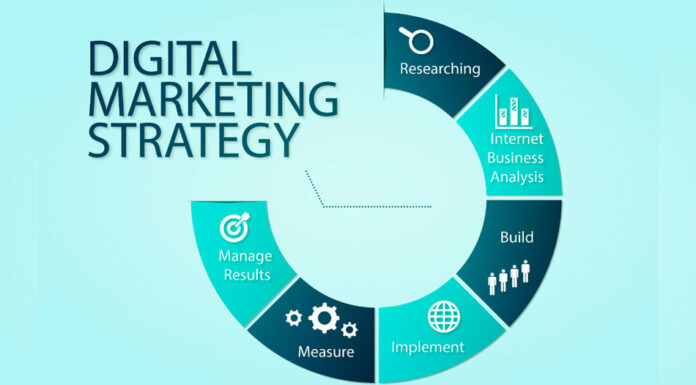Table of Contents
With an amazing idea in your mind, you’re all set out to make a mobile app for your business. You found a great development team and you’re just a few weeks away from launching a brand new mobile app. The entire process went smoothly until you realized your app would need extra investment to cover the cost of maintenance and updates.
But, this wasn’t included in your original budget proposal. Managing a large sum of money in the eleventh hour isn’t easy. This is one of the few common problems that most of businesses have to face when creating a budget for building mobile apps.
A study by Forrester stated that the initial cost of building a mobile app accounted for just 35% of the total cost of owning and managing an enterprise app in two years.
Say, for instance, you viewed and calculated the cost of implementing different stages of making an app. Finally, you fix a budget for building the app. Once the app is ready and has been launched in the market, your work isn’t over yet.
Who would invest in marketing the app, doing the app updates, and monitoring the app’s maintenance? You surely would need money for this. But, have you included these costs and expenses in your budget, or just like others, you have missed it too.
Not including the cost of app updates in your budget is just one of the mistakes. Similar to this, there are a few more mistakes that businesses make while creating a budget for executing different stages of mobile app development.
Here, in this article, I’ve discussed the common pitfalls of Mabinogi Mobile app budgeting. Let’s read about the top app development budgeting mistakes that you should avoid.
Overlooking Cross-Platform App Development
Find out what technologies and platforms your competitors are using for making their apps. Once you’ve identified the kind of app you’re planning to make and decided on its various features & functionalities, you need to do proper market research.
Identify your target audience and know about your competitors prevailing in the industry. After doing a thorough analysis, decide on the platform that you would want to use for building your app.
If the majority of your target audience is android or iOS users, then choosing either of these platforms would be fine. However, if you’re aiming to hit the worldwide market with your app, then, in that case, you must assess the platform you choose for making your app.
You need to carefully analyze the kind of platform you would use for making the app. If you are planning to target all the users across the world and you end up making an android app. In that case, you’ll never be able to reach your iOS, windows, or any other platform users.
In such a situation, it would be better to choose cross-platform development for building your app. Not choosing cross-platform app development is one of the common mistakes to avoid while budgeting your app.
This approach for app development would not only be less costly but also help you reach a larger target audience. Instead of spending your money on building apps for individual iOS, Android, and other platforms, it would be better to choose cross-platform app development for making your mobile apps.
Moreover, building apps for individual platforms would cost you more than making cross-platform mobile apps. Considering the features of a particular platform, businesses get driven by the benefits of specific platforms which is one of the top app development budgeting mistakes that businesses often make.
Underestimating The Costs Related To UI/UX & QA Testing
Let’s read further to know more about the common mistakes to avoid while budgeting your app. The costs of QA testing and UI/UX testing depend on how many operating system versions and devices are you planning to involve in building the app.
Each OS version and device that is being used in making the app requires testing. If you’ve chosen to ensure compliance with a large number of operating systems and devices, this would increase the timeframe and the overall cost of making an app.
At times, the overall cost spent on testing different operating system versions and devices may exceed the pre-decided cost of developing the app and designing its interface.
Thus, underestimating the costs related to UI/UX and QA testing is one of the common pitfalls of mobile app budgeting. Businesses often overlook and forget about the cost involved in testing the UI/UX features of operating systems and devices.
This is why most of the developers recommend testing different versions and devices in the initial stages for the actual app launch. You can analyze and check the compatibility of these operating systems and devices to identify if additional testing needs to be performed which would not allow your budget to exceed your fixed budget estimate.
Failing to Include the Cost of App Updates
Here is more information on the common pitfalls of mobile app budgeting. Many people treat app development similar to making a website, which is completely incorrect. They follow a similar approach to building mobile apps and mobile websites.
In website development, you perform updates only when you need to make some changes or want to add some elements. For instance, you may wish to change the color scheme, logo of your website, or make changes in the displayed prices on the screen.
But, mobile apps are different as they need to be updated. You need to perform updates and UI/UX testing in response to operating system updates and other app updates. Apps require regular OS updates that need to be performed every 4 to 8 weeks.
According to a survey by AnyPresence, 8 out of 10 enterprise apps were updated at least twice in a year, with approximately one in three apps being updated at least twice per month.
It’s important to perform these app updates to boost the performance of your app. Most of the businesses do not include the costs to execute app updates in their budget which is one of the top app development budgeting mistakes. Thus, you must plan and set out a fixed budget to execute these app updates.
Wrapping Up
Making an app requires a huge investment of time and money. You certainly wouldn’t want to add unnecessary and extra expenses to your app budget. Before you begin the development of your app, plan your expenses, and fix a budget to remove these common pitfalls of mobile app budgeting.
The bottom line is that if you’re planning to create a successful mobile app, you must notice and analyze these top app development budgeting mistakes. Identify the core features and functionalities of your app.
Figure out the expenses of building these and the overall cost of making the app. Include all the costs of executing all the stages of app development. Then, conduct regular updates and monitor the cost spent on these to ensure that there are no-cost overruns.















